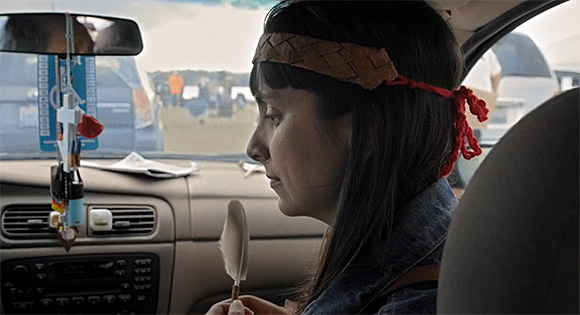Daughter of a Lost Bird is streaming from the AFI Docs Film Festival. To access it, go here.
Every now and then we spot a little bird in the grass. She seems to be alone, but looks healthy; her mother has probably looked after her well until now. Did she fall out of the nest in the huge oak? Has she tried her wings and crashed into a window? Or does she follow her heart that told her it was time to leave the nest and explore the world?
Brook Swaney directs this emotional documentary, the title of which is reminiscent of the plight of a lost bird looking for a spiritual home that is full of joy and darkness, hope and sorrow, love and injustice.
Kendra Mylnechuk Potter was adopted into a loving white family as a child and grew up in a very white neighborhood. It was not until she was 18 that she found out about her possible “being native”. Soon after, she decides that she wants to bond with her birth mother. During her search, she discovers that she is from Washington State’s Lummi Nation and that her mother, April, was also adopted by the community as a child. The older woman has reconnected with her relatives and is happy to introduce them to her daughter. Their coming together proves to be a healing process for both Kendra and April.
The film has followed Kendra for seven years from her first phone call to April when she admits she’s scared to attending a Lummi get-together where she can take her own daughter to her great-grandfather’s grave. Along the way, she learns that up to 35% of indigenous children in the United States have been removed from their families and turned into pawns in war to end tribal identities. Kendra realizes that she is a perfect example of government assimilation and admits that she faces both “white guilt” and “innate anger”.
This film is a portrait of two brave women – mother and daughter – ready to join us on their remarkable journey to find each other and their legacy.

